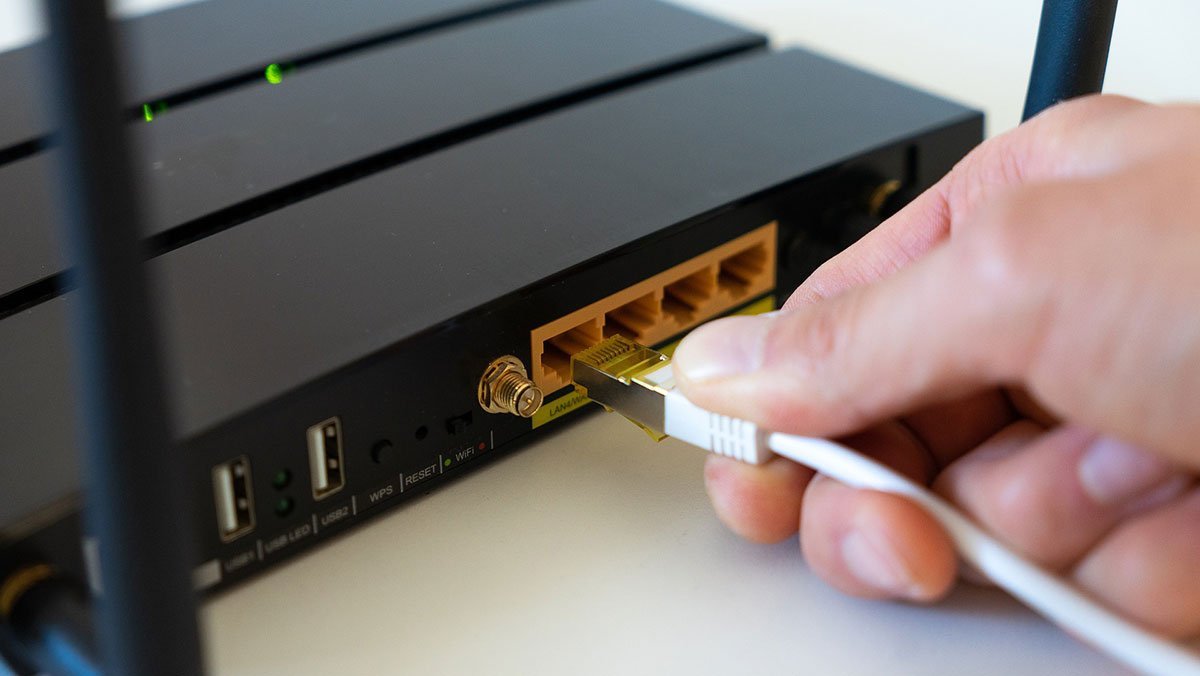Introduction: The increasing dependence on technology in both personal and professional domains has led to a corresponding increase in the number of cybersecurity incidents and vulnerabilities. In this report, we will take a closer look at the latest Common Vulnerabilities and Exposures (CVE) listed on the vulnerability list and provide detailed recommendations for mitigation.
Example Vulnerability: CVE on the list – CVE-2022-1207.
CVE-2022-1207 is a Common Vulnerability and Exposure that affects Microsoft Windows 10 and Windows Server version 20H2 and 21H1. It is a type of memory corruption issue and is considered to be a critical vulnerability due to its potential to allow an attacker to execute arbitrary code on the targeted system.
Memory corruption issues occur when a flaw in the memory handling of objects within a system allows for the manipulation of the memory in an unintended manner. In the case of CVE-2022-1207, the vulnerability is triggered by sending a specially crafted input to the targeted system. When the system processes this input, it corrupts the memory, which allows an attacker to execute arbitrary code on the targeted system. This can result in the attacker gaining complete control of the system and the ability to access, steal, or destroy sensitive information.
Exploitation: The exploitation of CVE-2022-1207 occurs when a malicious actor sends a specially crafted input to the targeted system. This input is designed to trigger the memory handling flaw in the system, which results in the corruption of the memory. When the system processes this input, it allows the attacker to execute arbitrary code on the targeted system.
In technical terms, the exploitation of this vulnerability leverages a type of memory corruption issue known as a “Use-After-Free” vulnerability. This occurs when a memory block that has been freed from use is still accessible and can be manipulated. In this case, the attacker can control the contents of the memory block and execute arbitrary code on the targeted system.
To further elaborate on the exploitation of CVE-2022-1207, it is important to understand the technical details of the vulnerability.
The execution of arbitrary code on the targeted system gives the attacker complete control over the system and the ability to access, steal, or destroy sensitive information. This can result in a full compromise of the system, and it can be difficult to detect the presence of the attacker.
In this case, the exploitation occurs when the attacker sends a specially crafted input to the targeted system, which triggers the memory handling flaw and results in the corruption of the memory.
Once the attacker has gained control of the system, they can access, steal, or destroy sensitive information, including sensitive data, passwords, and other confidential information. They can also install additional malicious software, such as malware or spyware, to continue to monitor and control the system.
Best Practices for Mitigation: To minimize the risk of falling victim to cybersecurity incidents, it is essential to implement a comprehensive security strategy that includes both technical and non-technical measures. The following are some of the best practices for mitigation:
- Regular software and system updates: Installing updates and patches for software and systems as soon as they become available is critical for reducing the risk of exploitation of known vulnerabilities. This practice can help to close security holes and protect against new threats.
- Strong and unique passwords: Using strong and unique passwords for all accounts is a simple but effective way to reduce the risk of unauthorized access. A strong password should consist of a combination of upper and lowercase letters, numbers, and symbols, and should be at least 8 characters long.
- Encryption of sensitive data: Encrypting sensitive data can help to protect it from theft or compromise in the event of a security breach. Data encryption should be applied to data at rest, as well as data in transit.
- Regular data backups: Regular data backups can help to ensure that important data is not lost in the event of a security incident. This includes backing up both system and user data, and storing backup copies in a secure and off-site location.
- Employee education and training: Providing education and training to employees on how to recognize and respond to potential security threats can help reduce the risk of a successful attack. This can include regular training sessions, as well as providing employees with access to online resources and security awareness materials.
Conclusion: In conclusion, the number of vulnerabilities and security incidents continues to rise, making it essential to understand the risks and take steps to reduce them. By following best practices for mitigation, staying informed about the latest threats, and implementing a comprehensive security strategy, individuals and organizations can help protect their systems and data from potential harm.
It is important to note that no security measures can guarantee 100% protection against all threats. However, implementing a combination of technical and non-technical measures can significantly reduce the risk of a successful attack and help to protect sensitive information.
Note: This report is for informational purposes only and does not constitute professional advice or endorsement. It is recommended to consult a qualified security expert for a more in-depth analysis of an organization’s specific needs and risk profile.





